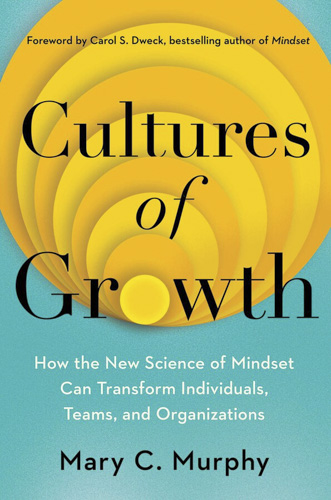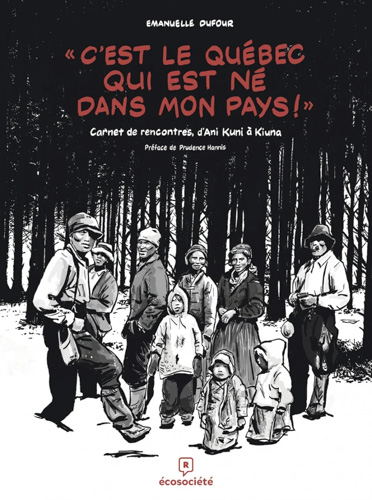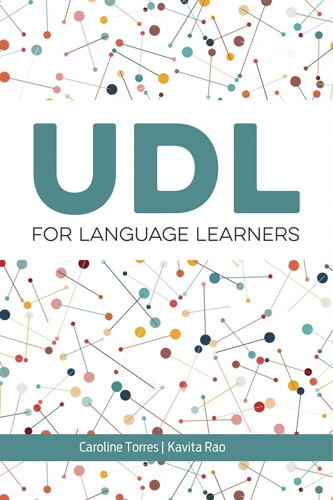Enjoying your well-deserved summer break, but always on the lookout for additional language (L+) teaching inspiration? Try one of these books for an enjoyable summer read that will also spark your language teaching mind.
Cultures of Growth

You know those illustrations that feature two heads and compare fixed vs. growth mindsets? In Cultures of Growth,Mary C. Murphy — an award-winning social psychologist and protégé of Carol Dweck (who first coined the terms “fixed mindset” and “growth mindset”) — explains how it is really the environment that determines whether individuals use their fixed or their growth mindset. In other words, “Mindset exists on a continuum. And where we fall on that continuum at any given moment often has to do with the situation we’re in and the people around us” (p. 3). The overall mindset culture of a group — like a school board, school, or classroom — plays a significant role in an individual’s ability and willingness to learn, persevere, be challenged, support others, put in effort, and maintain a positive attitude. When a teacher uses their growth mindset to lead a class, they will foster a wider culture of growth that triggers learners to use their growth mindsets as well. Cultures of Growth dives into this phenomenon with clear and interesting examples and strategies you can implement to help your language learners, or even your wider school culture, tap into their growth mindsets for learning and beyond.
–CASLT Staff
C’est le Québec qui est né dans mon pays!

Personal, professional, and classroom-friendly reading ticks off many boxes for me, and a new favourite text combines all of these in one volume. Last year, I discovered C’est le Québec qui est né dans mon pays! by Emanuelle Dufour, an outstanding graphic novel that shares dozens of first-person perspectives from a variety of Indigenous peoples who live on the lands now known as Quebec. Exploring histories (in the plural) from those who navigate dual or multi-hyphenate identities is eye-opening, reflective, and important. Knowing that this text has already been integrated into some high school French Immersion classes and CÉGEP courses is an important reminder that our FSL/FAL programs should be social justice-focused, contemporary, and open to diverse media.
–Jimmy Steele, CASLT Director-At-Large
The Innovative Language Classroom Handbook: Leveraging Technology to Drive Learning

Technology changes fast, and sometimes it can be hard to keep up. The Innovative Language Classroom Handbook offers practical tips to help you use the positives of technology in the language classroom and integrate them into your language teaching. Each section addresses common challenges that language teachers face when implementing technology in the classroom, and the teacher quotes (found throughout the handbook) reassure, motivate, and inspire. The next steps planners (which you can fill out at the cottage or the beach!) help you consider the “what” and “how” of implementing new strategies and practices in your own teaching. Find the tools, knowledge, and community you need to embrace innovative, technology-infused teaching approaches next year.
–CASLT Staff
UDL for Language Learners

UDL for Language Learners by Caroline Torres and Kavita Rao addresses supporting language learners, particularly English language learners in the US, with Universal Design for Learning (UDL), an educational framework providing multiple means of representation, expression, and engagement. UDL helps educators anticipate and remove barriers related to language and cultural differences through carefully designed scaffolds like visuals, text to speech, and other multimedia tools. Along with inquiry and co-operative learning pedagogies, this approach can boost success for most learners: it reduces stigma and promotes culturally responsive teaching, making learning accessible and effective for all. Examples for elementary, high school, and adult learners demonstrate how UDL fosters supportive, flexible, and equitable additional language learning environments that encourage neurodiverse, less academically inclined, or hard-to-engage learners by validating their prior life experiences and increasing their self-esteem.
–Trish Kolber, CASLT Secretary
Happy reading!




